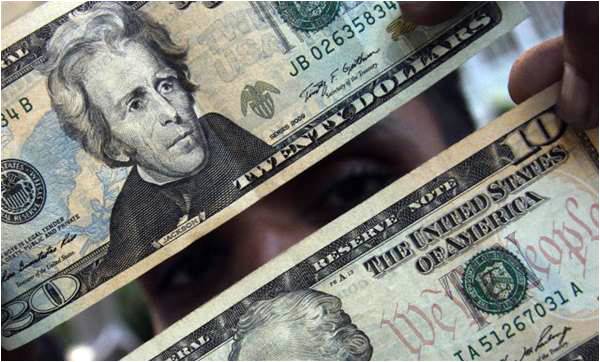
The State Bank of Pakistan's (SBP) data shows that the inflows rose 4.9% to $1.988bn in February from $1.894bn in January. This recent improvement is a healthy sign, but remittances dropped 9.4% when compared with $2.196bn in the same month last year.
Remittances sent by overseas Pakistanis fell by almost 11 percent during the first eight months of the current fiscal year. Remittance inflows nevertheless depicted a month-on-month increase of nearly 5% in February, after the government and SBP uncapped the dollar exchange rate, allowing it to settle closer to its real market price of Rs. 280, from Rs. 230 in the last week of January.
The SBP said that remittances totalled $17.994 billion during July-February 2022-23 compared to $20.183bn in the same period of 2021-22, recording a decline of 10.8%.
The increase in remittances during February was expected by the market due to very high dollar prices. The uncapping of the exchange rate produced the expected result in the form of a sharp depreciation of the rupee but it changed the trend of inflows.
Inward remittances were being sent through illegal channels due to lower dollar prices in interbank and open markets whereas the illegal grey market was offering Rs. 30 to Rs40 per dollar higher rates. In this background, sources claim that the International Monetary Fund (IMF) had asked the Pakistan government to bring the exchange rate at par with the one prevailing at the Pak-Afghan border.
The uncapping of the exchange rate has not only reduced the smuggling of dollars into Kabul, but also improved dollar supplies in the Pakistani open market, making it easier for Pakistani importers to procure the greenback on their own.
With the advent of Ramazan in the last week of this month, the currency market and banks expect higher inflows as overseas Pakistanis usually send 15% to 20% higher remittances on account of charities, zakat, donations and alms-giving in the holy month.
Remittances sent by overseas Pakistanis fell by almost 11 percent during the first eight months of the current fiscal year. Remittance inflows nevertheless depicted a month-on-month increase of nearly 5% in February, after the government and SBP uncapped the dollar exchange rate, allowing it to settle closer to its real market price of Rs. 280, from Rs. 230 in the last week of January.
The SBP said that remittances totalled $17.994 billion during July-February 2022-23 compared to $20.183bn in the same period of 2021-22, recording a decline of 10.8%.
The increase in remittances during February was expected by the market due to very high dollar prices. The uncapping of the exchange rate produced the expected result in the form of a sharp depreciation of the rupee but it changed the trend of inflows.
Inward remittances were being sent through illegal channels due to lower dollar prices in interbank and open markets whereas the illegal grey market was offering Rs. 30 to Rs40 per dollar higher rates. In this background, sources claim that the International Monetary Fund (IMF) had asked the Pakistan government to bring the exchange rate at par with the one prevailing at the Pak-Afghan border.
The uncapping of the exchange rate has not only reduced the smuggling of dollars into Kabul, but also improved dollar supplies in the Pakistani open market, making it easier for Pakistani importers to procure the greenback on their own.
With the advent of Ramazan in the last week of this month, the currency market and banks expect higher inflows as overseas Pakistanis usually send 15% to 20% higher remittances on account of charities, zakat, donations and alms-giving in the holy month.

